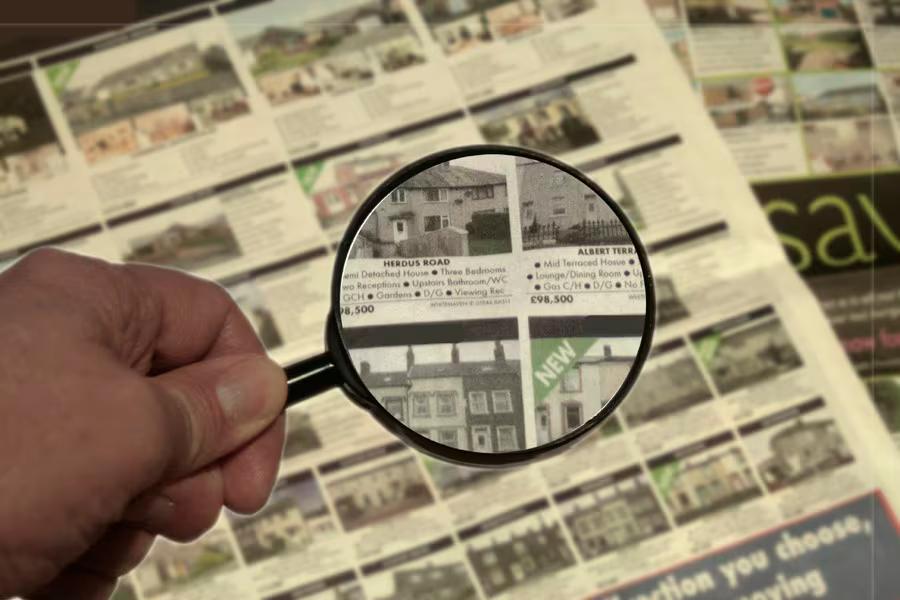This year looks to be the worst time for potential first-home buyers trying to get into the housing market since 1957, according to new research into housing affordability from Infometrics. The company’s analysis shows that overinflated house prices have significantly increased the proportion of people’s income that they will need to devote to mortgage servicing throughout the lifetime of the loan. The prolonged housing boom since the early 2010s also means that today’s buyers are likely to experience less capital appreciation in property values, which would otherwise help mitigate the high ongoing mortgage costs they are signing up for.
“There has been a long-running debate between baby boomers and millennials about who had it tougher when trying to purchase their first home,” says Infometrics Chief Forecaster Gareth Kiernan. “Our analysis shows that even with mortgage rates below 5%, the average home’s million-dollar price means that today’s first-home buyers face much less favourable financial outcomes than a buyer in 1987 did with interest rates of 20%.”
In Housing update: A new lens on affordability, Infometrics compares the total payments made by homeowners over the lifetime of their mortgage against the value of the property when the loan has been repaid. The resulting net financial gain reveals which years were best and worst to be a first-home buyer since the late 1940s. This approach takes better account of total housing affordability than simple comparisons of incomes to house prices or incomes to servicing costs in the first year of borrowing.
The results highlight several “good” and “bad” years throughout the last seven decades as the housing market’s strength has varied. Some of the best years to have been a first-home buyer were 1949 and 1996 – when interest rates stayed relatively low throughout the life of the mortgage and there were substantial house price rises as well. In contrast, the worst years are 1955 and 1975, with the following 25 years including periods of substantial house price weakness. Realistic house price projections for the next 25 years mean that buying in 2022 is almost as bad, financially, as 1955.
“Given the increase in house prices during 2020 and 2021 and the lift in mortgage rates since the middle of last year, average first-home buyers currently face initial mortgage payments equal to 49% of their income. This figure is the highest on record, surpassing the previous records of 1987 and 2007,” says Mr Kiernan. “But the killer for current buyers is that they face committing an average of 33% of their income throughout the next 25 years to repay their loan. This figure is considerably higher than the 21% that prevailed through the 2000s and 2010s. Young people are effectively signing themselves up for a lifetime of debt if they want to get into the housing market, with much less money left over for discretionary spending than previous generations enjoyed.”
For many young people, the only realistic path to homeownership is with assistance from the “bank of mum and dad”. This outcome is likely to reinforce the divide between families that are homeowners and families that are not, and it strikes at the heart of New Zealand’s egalitarian foundations. “People enjoy a range of benefits from owning their own home compared to renting,” says Mr Kiernan. “Our analysis highlights the generational issues being caused by New Zealand’s housing affordability crisis. There is a social responsibility for greater political action to ensure that homeownership does not continue to slip out of reach for more and more Kiwis.”
ENDS
The latest Public Analysis Report from Infometrics, Housing update 2022: A new lens on affordability, can be accessed here.
















